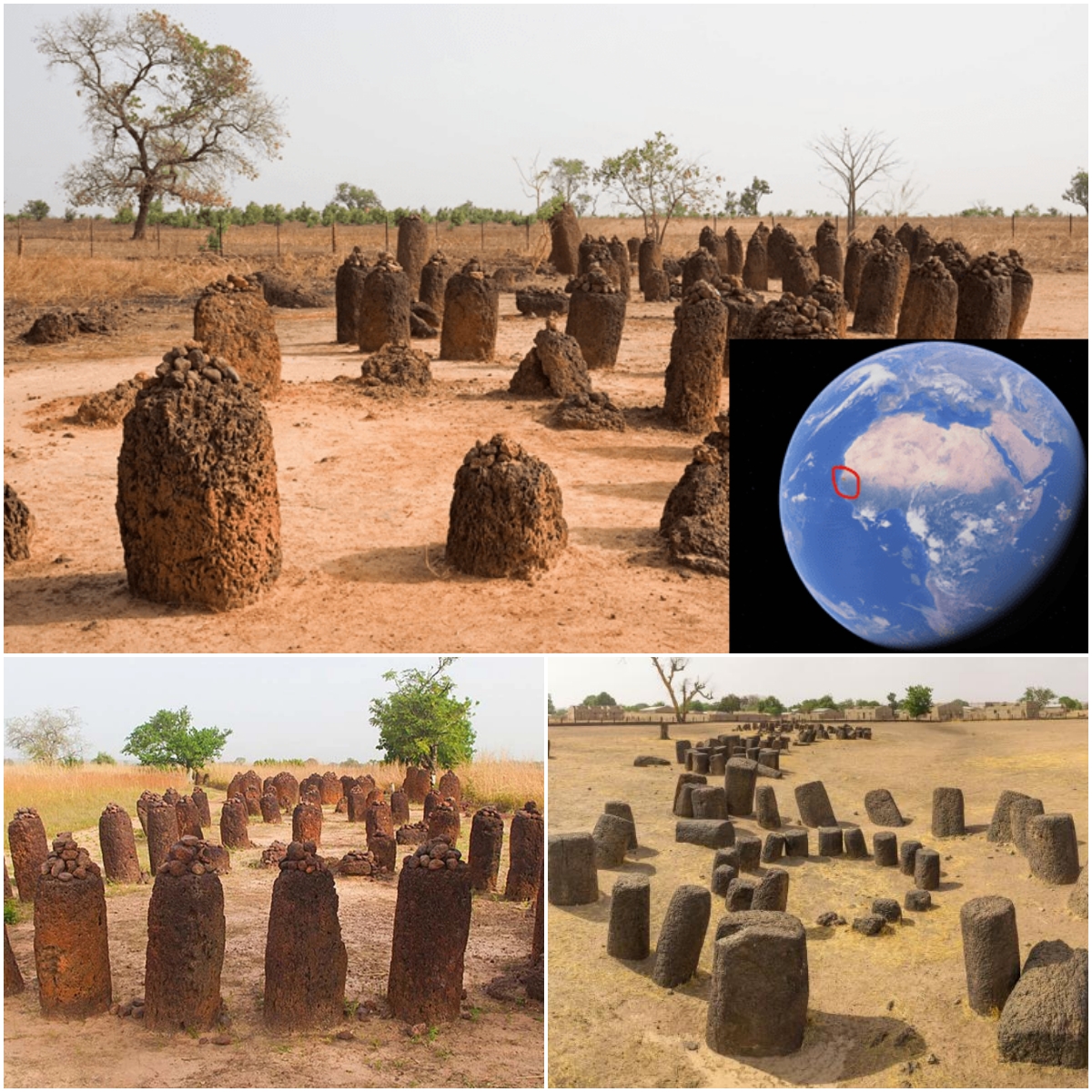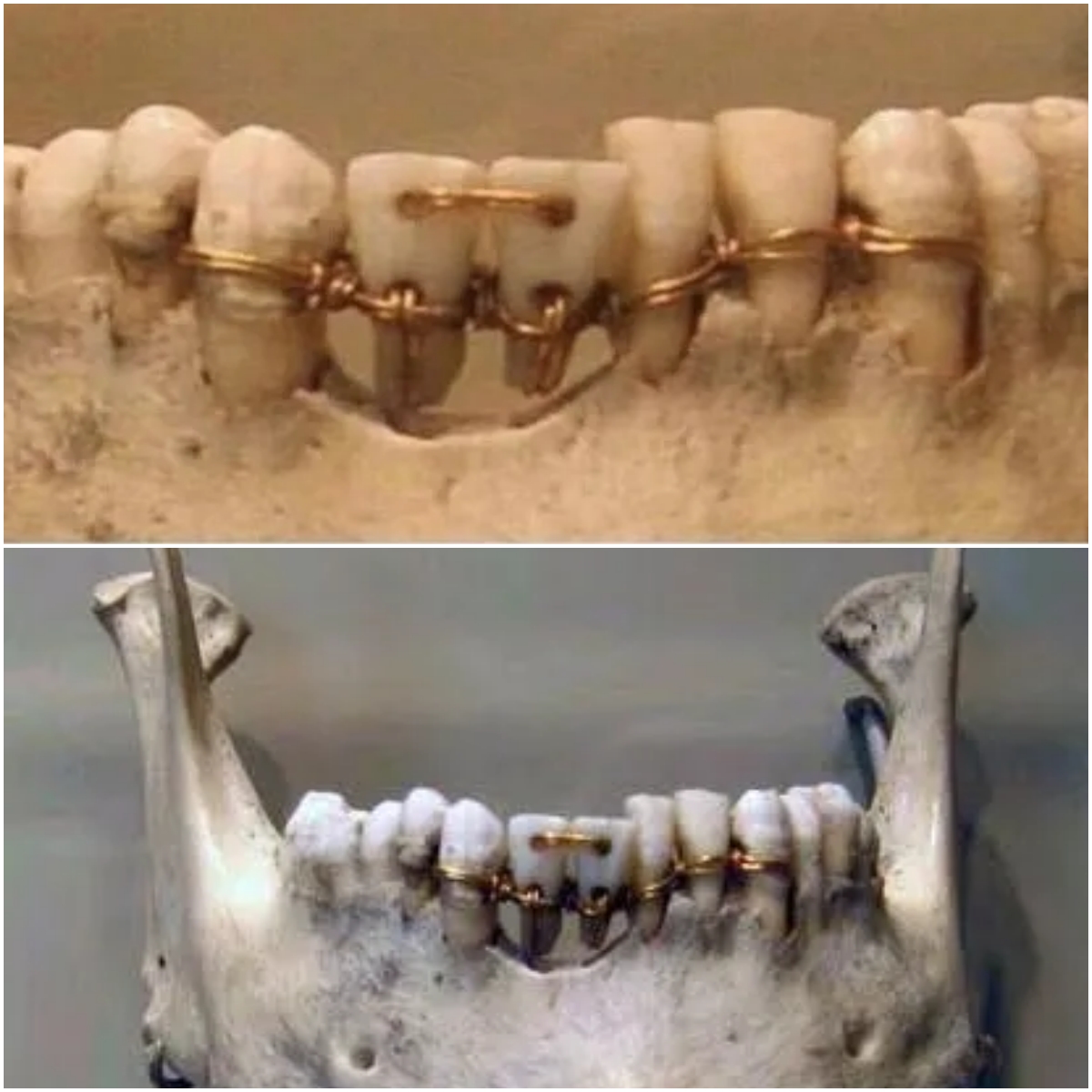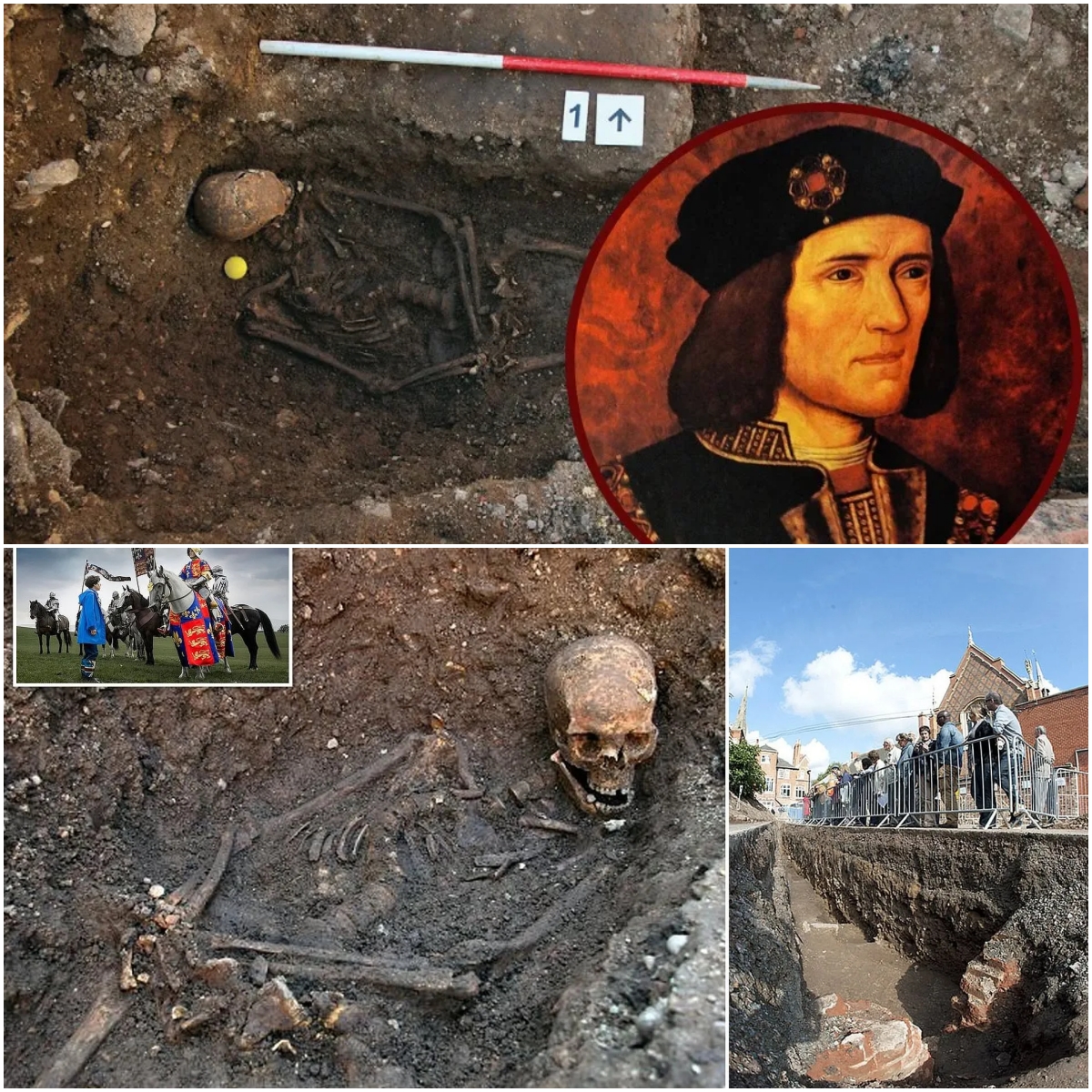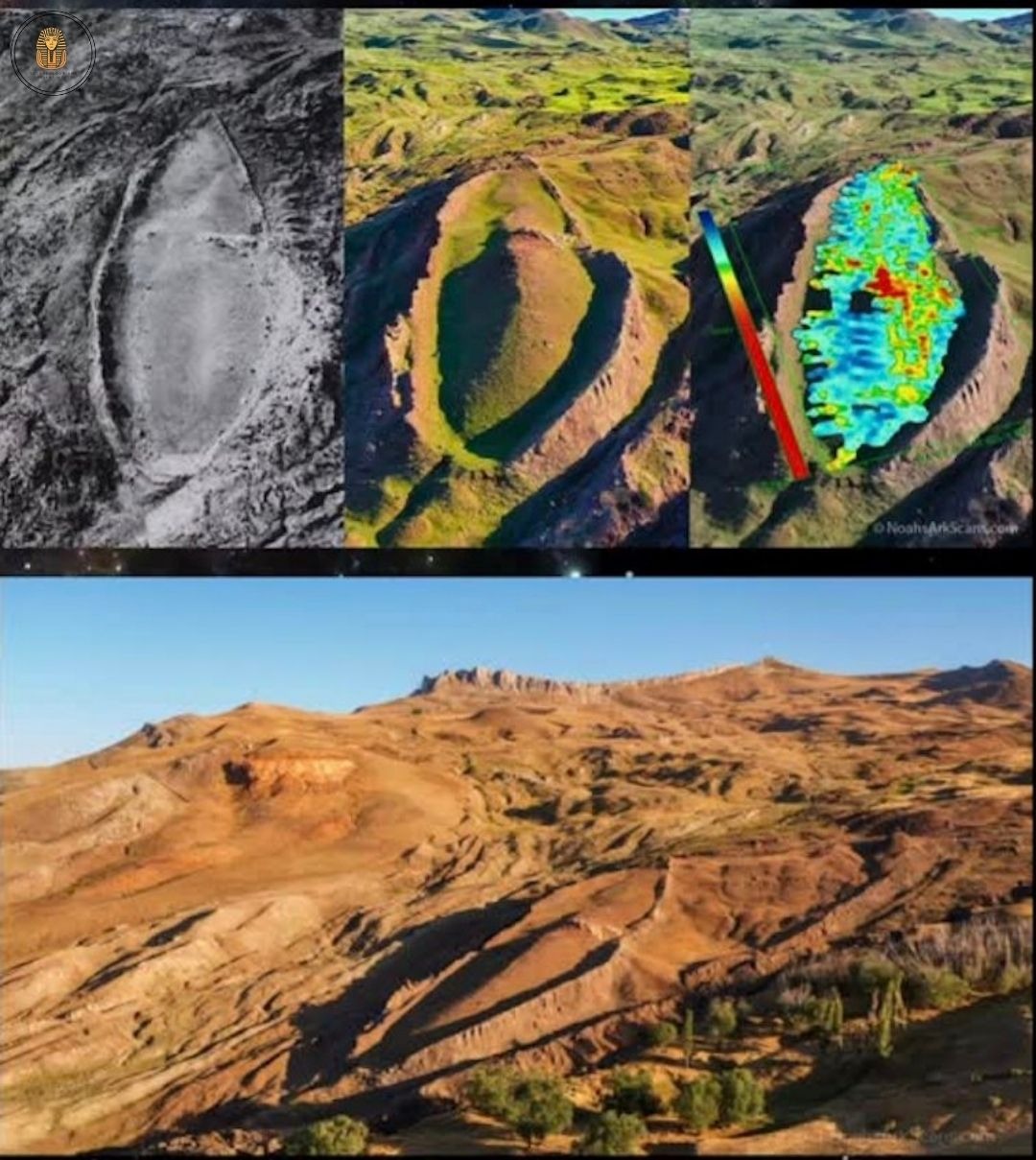A 280-Million-Year-Old Fossil in Western Australia: An Unexpected Find Raises Questions
This 280-million-year-old fossil has such a bizarre and incomprehensible appearance that many people, upon first glance, are convinced it must be an alien fossil.
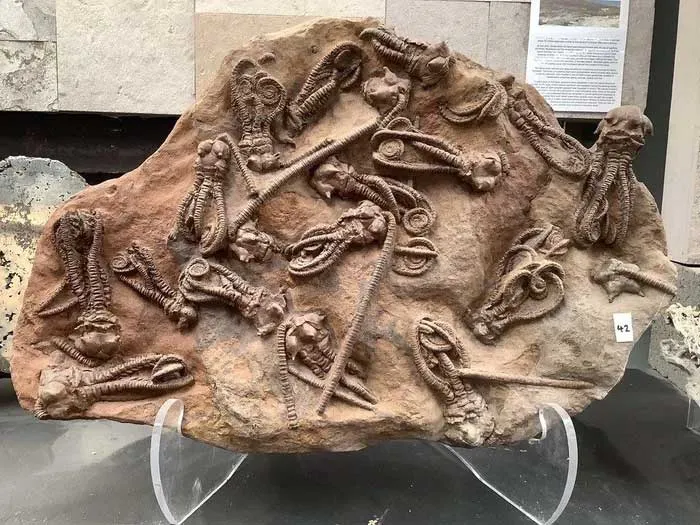
A recent image that has gone viral on social media depicts an almost perfectly preserved fossil of a marine creature that lived 280 million years ago. Many viewers immediately claimed that it was undoubtedly an alien fossil. But what exactly is this creature? In reality, the fossil belongs to the species Jimbacrinus crinoids, also known as sea lilies, and was discovered in Western Australia. These marine animals lived approximately 280 million years ago during the Permian period, and their fossils provide valuable insights into the evolution and diversity of life on Earth.
The fossils of this species first caught the public’s attention through a widely shared image on social media. The image shows them arranged in a clustered formation, suggesting that they were buried together in the sedimentary rock of their natural habitat. The fossils are believed to have been found near Gascoyne Junction, a remote area in Western Australia known for its geological diversity.
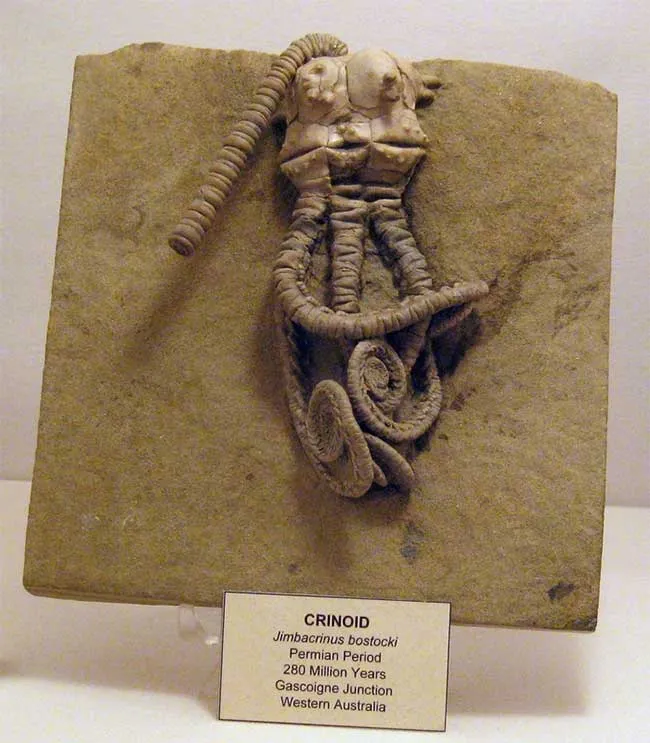
When the Midwest Times investigated the origins of the image, they discovered that it had been posted on the website of a U.S.-based fossil dealer. The dealer claimed that the fossils were legally obtained and could be sold to interested buyers. This raised several questions about the legal status of fossil collection and trade in Australia, where laws regarding fossil collection and sales vary significantly between states.
David Gear, a representative of the Western Australian Museum, clarified the legal status of fossil collection in Western Australia. According to Gear, collecting and exporting fossils is legal in certain cases, but collectors must obtain the necessary permits and follow responsible fossil collection guidelines. He also emphasized the importance of leaving fossils in their natural environment whenever possible, as they provide critical scientific data about the history of life on Earth.
Fossils of this alien-like species were once abundant in the shallow seas that covered much of Western Australia during the Permian period. They were first discovered in 1949 by the manager of the Jimba Jimba cattle station, which gave its name to the genus. J. Bostock, the scientist who named the species, found Jimbacrinus crinoid fossils in the Cundlego Formation, a sandstone formation created by flood and storm deposits in the Early Permian, around 275 million years ago. This geological formation, found along a dry creek bed, contains fossil remains of many bottom-dwelling marine species from that era. Interestingly, these fossils are often found completely intact and have not been discovered at any other known sites.
The fossil deposits near Gascoyne Junction provide a glimpse into the extinction events of the Permian period, culminating in the “Great Dying.” This was the largest and most devastating of the five known mass extinction events in Earth’s geological history, wiping out more than 90% of all marine species at the time. Rising global temperatures led to warmer, more acidic waters, increased methane and metal concentrations, and a severe drop in oxygen levels, making survival nearly impossible for marine life. However, a small fraction of crinoid species survived the extinction event, and today, more than 600 species of crinoids still inhabit our planet.
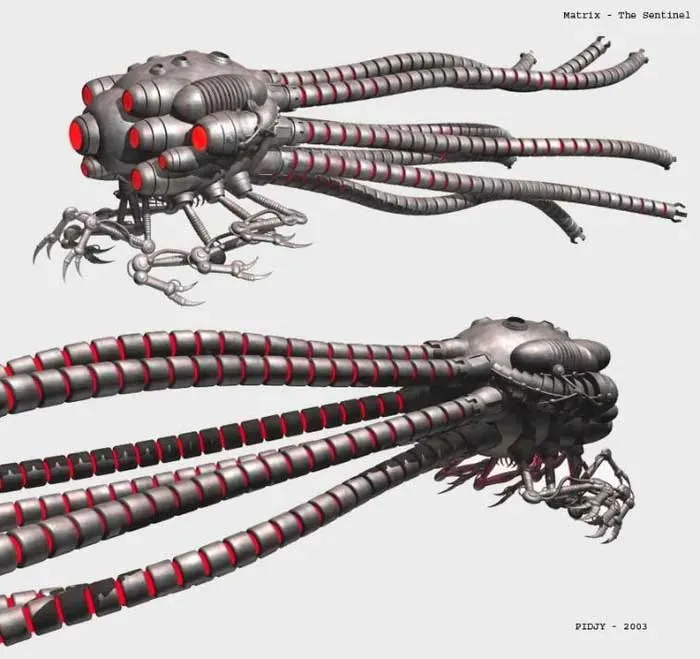
Another fascinating fact is that crinoid fossils served as inspiration for the design of the Sentinels in The Matrix movie. While Sentinels initially had limited functions, they eventually evolved into relentless machines that patrolled underground cities in search of humans and Zion ships.
The Jimbacrinus crinoid fossils found near Gascoyne Junction are particularly remarkable because they are among the most complete and perfectly preserved specimens on Earth. This exceptional preservation allows scientists to study their soft tissues and internal structures in greater detail, offering new insights into these ancient marine creatures.
What if I told you a “real-life alien fossil” was discovered in Western Australia? This perfectly preserved 280-million-year-old Jimbacrinus crinoid, a type of sea lily, has stunned scientists. Found near Gascoyne Junction, these fossils offer a glimpse into the Permian period and the “Great Dying” extinction event. The unique preservation even inspired the Sentinels in The Matrix! How did these creatures survive such a catastrophic event?


